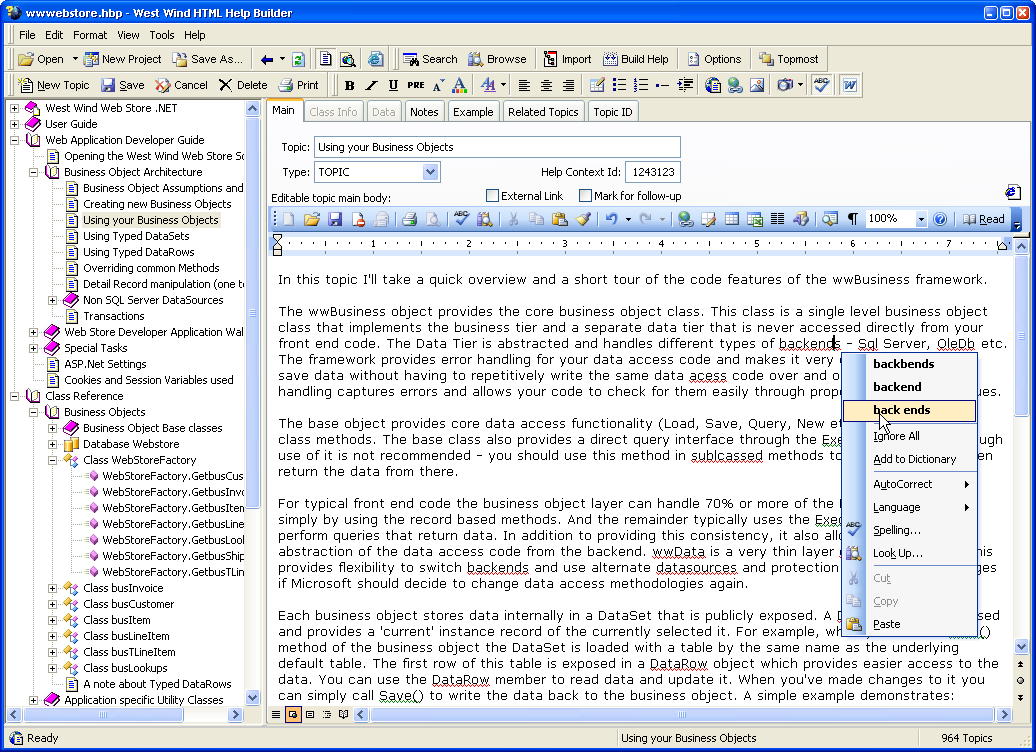

You will see that VS Code has added an icon to your Windows desktop and is listed with your other applications on your Windows Start menu.Īmong the other free-forever or free-to-try text editors for working with HTML and CSS files are the following:įollow these steps to set the most convenient preferences in Visual Studio Code for working with HTML and CSS files.
#MICROSOFT TEXT EDITOR INSTALL#
Visual Studio Code will install and then open on your computer.

Follow the usual download and installation instructions for your computer.Click the Download (for Window/Mac/Linux) button.Use your web browser to go to this web address:.Installing Microsoft Visual Studio Codeįollow these steps to download and install VS Code on your computer. In this Tutorial, you will learn about one such enhanced text editor: Microsoft Visual Studio Code or VS Code, for short. When working with often-complex HTML and CSS files, however, web designers and developers typically use text editors that offer a range of extra features that simplify the types of tasks they need to perform. Text files can be created and edited with basic text editors such as Notepad (Microsoft Windows) and TextEdit (Apple Mac). Because text files can contain only those characters you can type on a keyboard, their content is similar to the output of paper documents created on old-style typewriters. Web pages, also known as HTML files, andīoth HTML and CSS files are text files that can contain only letters (a,b,c, …), numbers (1,2,3, …) and various punctuation characters (, ", ?, …) and symbols (€, ©, ®, …).You will work with two main types of files in these Tutorials: Pinning applications to your Windows Taskbar Using text editors with HTML and CSS Typical VS Code settings for web designers Changing user settings in Visual Studio Code


 0 kommentar(er)
0 kommentar(er)
